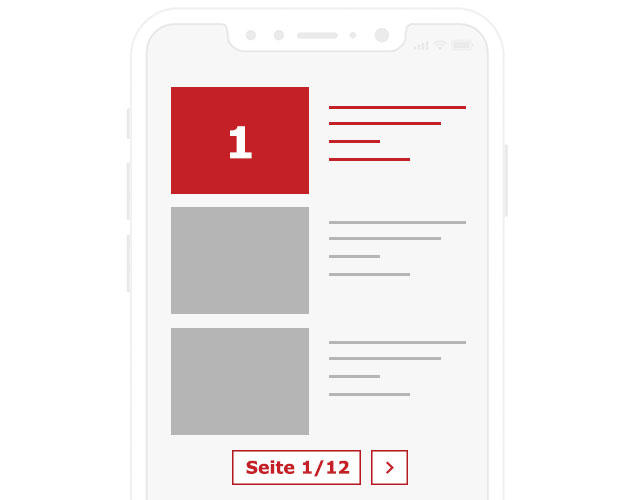suitable for beginners
Reliable for trail riding
is allrounder
US
Page-1-Ad

US
US
BG
DE
BG
US
NL
DE
FR
US
US
US
NL
BE
NL
US
DE
NL
US
DE
The breeds of horse described as “cold blooded horses” are some of the largest and strongest horses in the world. They are draught breeds that have carried out the heaviest work that humans needed horses to do. They ploughed land, logged forests, and drew vehicles of every kind in bumpy city streets. Cold blooded horses even worked on railway yards, drew brewery drays and moved artillery. They also bore the massive drums in military bands - and still do today. Often called “gentle giants”, they are good-natured, willing to work and enjoy the company of humans. Although they are no longer vitally important for farming or transporting goods to keep cities functioning, many people love to see these charismatic horses at work. They still have an important part to play in heritage and in maintaining precious landscapes where motorised vehicles would cause immense damage.
The most obvious characteristic of a cold blooded horse is its sheer size. Cold blooded horses can easily be 18 hands in height (72 inches/183 cm), and some are as tall as 20 hands 2 inches (82 inches/208 cm). For farm work, a cold blooded horse with shorter legs and a low centre of gravity is often preferred, while for moving large vehicles, such as brewers’ drays loaded with barrels, somewhat taller horses with powerful quarters and specific leg conformation are preferred. The legs of cold blooded horses are big and powerful. They have amiable but alert faces to go with their hard-working, willing natures. Cold blooded horses have large feet and lift their legs with an impressive, measured action.
Many draught horse breeds originated in Europe. The ancestors of the modern cold blooded horse were not as tall as modern draught horse breeds, but they were stronger than little light horses, such as Palfreys, which were used for everyday riding. On the whole, they did not move as quickly, but were slower and steadier. They came to be called “cold blooded”, as they were a contrast to faster, more agile "light" breeds, such as the Turkoman, Arabian and Barb, which were considered to be “hot blooded”. Cold blooded horses were also believed to have steady temperaments, which made them reliable workers. When transporting goods or ploughing, they did not need to trot, so instead, steadiness, power and hard-working qualities were required. Some had long hair on their fetlocks called feathers and they often had long manes and tails.
It wasn’t until the eighteenth and nineteenth century that draught horses seriously increased in size. The development of breeds such as the English Shire , the Scottish Clydesdale and the French Percheron through selective breeding began to produce animals that were larger and stronger than ever before. The increase in size of these breeds was paralleled by agricultural improvement and growing industrialisation. Eventually, many nations had their own type of cold blooded draught horse, or even horses, from Britain to Russia. They remained largely a product of Europe, but many of the breeds from Western Europe were sold elsewhere in the world as workhorses. More recently, cold blooded horses have been used to create modern warmblooded sports horse breeds.
The world’s best-known cold blooded breeds are probably the and . Belgian Draughts and Percherons have always been very popular in North America, particularly the USA. Clydesdales contributed immensely to the economies of Canada, Australia and New Zealand, and many were bred in Scotland and sold overseas for record-breaking prices. At one time, strong, sturdy Suffolk Punches were also used widely to improve European breeds. They are very similar to the Schleswig and Jutland cold blooded breeds. French breeds, such as the Percheron and Boulonnais, are not only immensely powerful but also extremely beautiful, and can be used as crosses to create successful warmblooded horses. The Ardennes and Brabant horse breeds are popular in Belgium, France and Sweden. The USA only has one home-bred cold blood - the American Cream Draft – but it is a very beautiful breed, which is also used for riding. Some pony-sized equines that are also used for draught, such as the Haflinger, are sometimes referred to as cold blooded, though technically, they are a warmblooded, as they have some Arabian in them. Less well-known cold blooded horses include the stunning Noriker , the Breton, and the French Mulassier, which is used to produce mules by breeding to Poitou jack donkeys. Black Forest Horses and Friesians are excellent examples of horses that are officially cold blooded, and both combine great strength with beauty. Today, many cold blooded breeds are used for riding as well as their traditional roles.